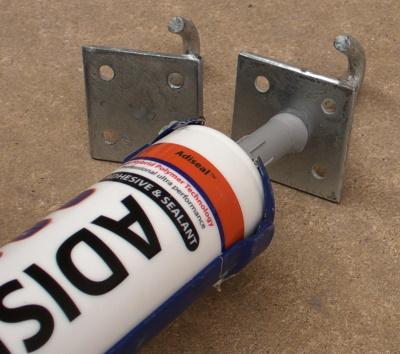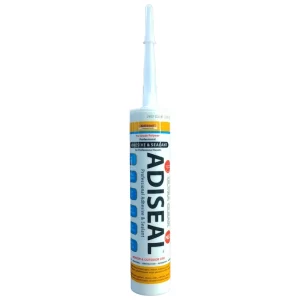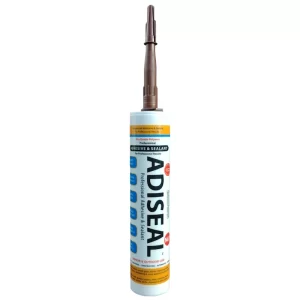Wood to Metal glue
Wood to Metal Glue: A Comprehensive Guide to Effective Bonding
Wood to metal bonding can be a challenging task, but with the right adhesive, it becomes a seamless process. In this article, we will explore the world of bonding wood to metal, providing valuable insights into the best options available. Discover the key factors to consider when selecting a glue, application tips, and the advantages of using glue for wood to metal bonding.

Understanding Wood to Metal Bonding
Factors to Consider:
– The type of wood and metal involved in the project plays a crucial role in selecting the appropriate glue.
– Consider the load-bearing capacity, environmental conditions, and expected longevity of the bond when choosing a product for wood to metal bonding.
Recommended Wood to Metal Glues:
1. Epoxy Adhesive:
– Epoxy adhesives are renowned for their exceptional bond strength and versatility.
– They offer reliable adhesion between wood and metal surfaces, ensuring a strong and durable bond.
– Epoxy glues also exhibit resistance to temperature fluctuations and moisture, making them suitable for various indoor and outdoor applications.
2. Polymer and Polyurethane Adhesive:
– Polymer and Polyurethane glues provide flexibility and a robust bond between wood and metal.
– These glues can withstand vibrations and impacts, making them ideal for applications involving movement or mechanical stress.
– Polymer and Polyurethane glues also offer good resistance to water, making them suitable for outdoor projects.
Application Tips for Wood to Metal Bonding
Surface Preparation:
– Thoroughly clean and dry both the wood and metal surfaces before applying the glue.
– Ensure the surfaces are free of dirt, grease, or any other contaminants that may hinder the bonding process.
– Slightly roughen the surfaces with sandpaper or a wire brush to improve adhesion.
Proper Glue Application:
– Follow the manufacturer’s instructions for the selected wood to metal glue, including any specific mixing ratios or application techniques.
– Apply an even layer of glue to both surfaces using a brush, roller, or applicator, ensuring full coverage.
Curing Time and Bond Strength:
– Allow the glue to cure for the recommended duration specified by the manufacturer before subjecting the bonded wood and metal to stress or load.
– Keep in mind that bond strength may continue to increase over time, so allowing sufficient curing time is essential.
Conclusion
Selecting the right wood to metal glue is crucial for achieving a strong and reliable bond. Epoxy, polymer and polyurethane adhesives are highly recommended due to their exceptional bond strength and versatility. Consider the specific requirements of your project, prepare the surfaces properly, and follow the manufacturer’s instructions for optimal results. With the right metal to wood product and proper application techniques, you can create durable and long-lasting bonds, ensuring the success of your woodworking and metalworking endeavors.
Showing all 6 results





